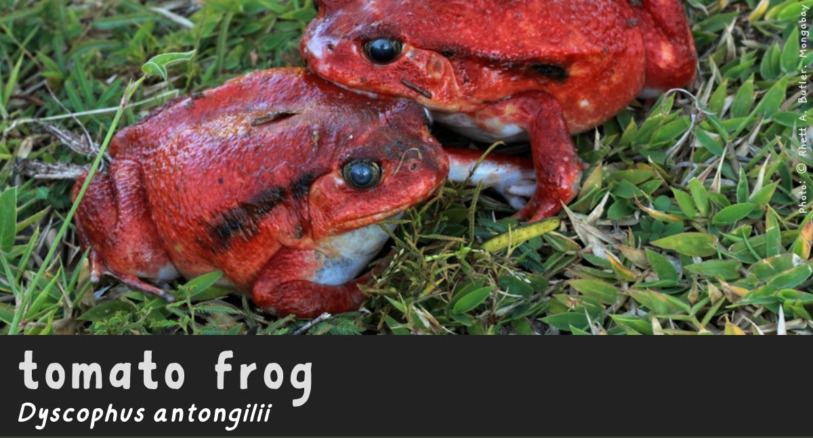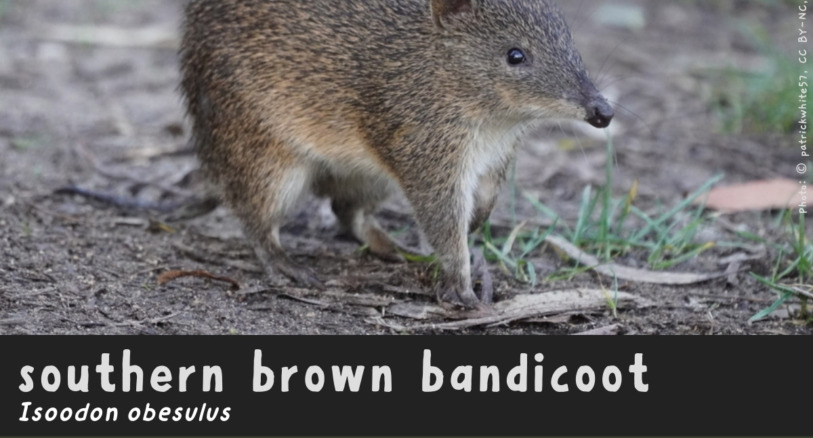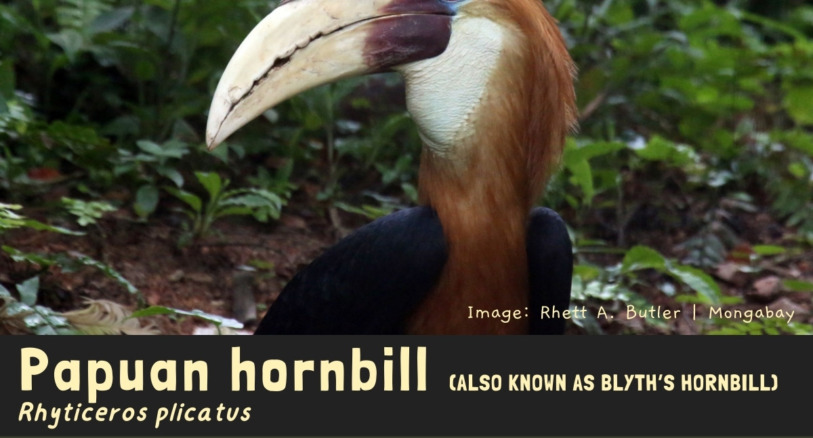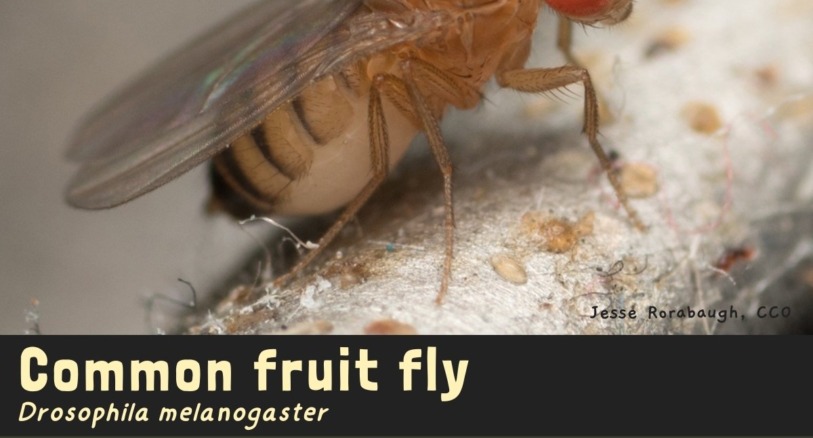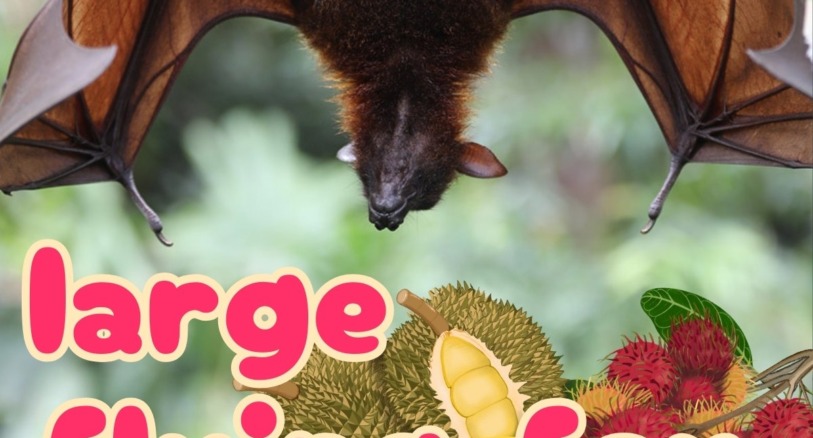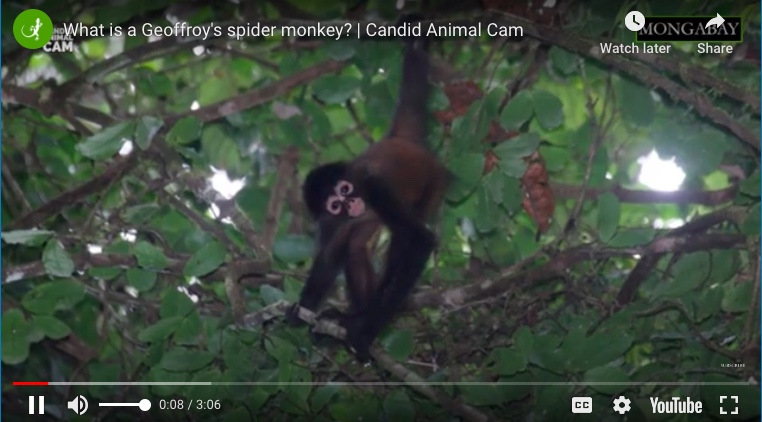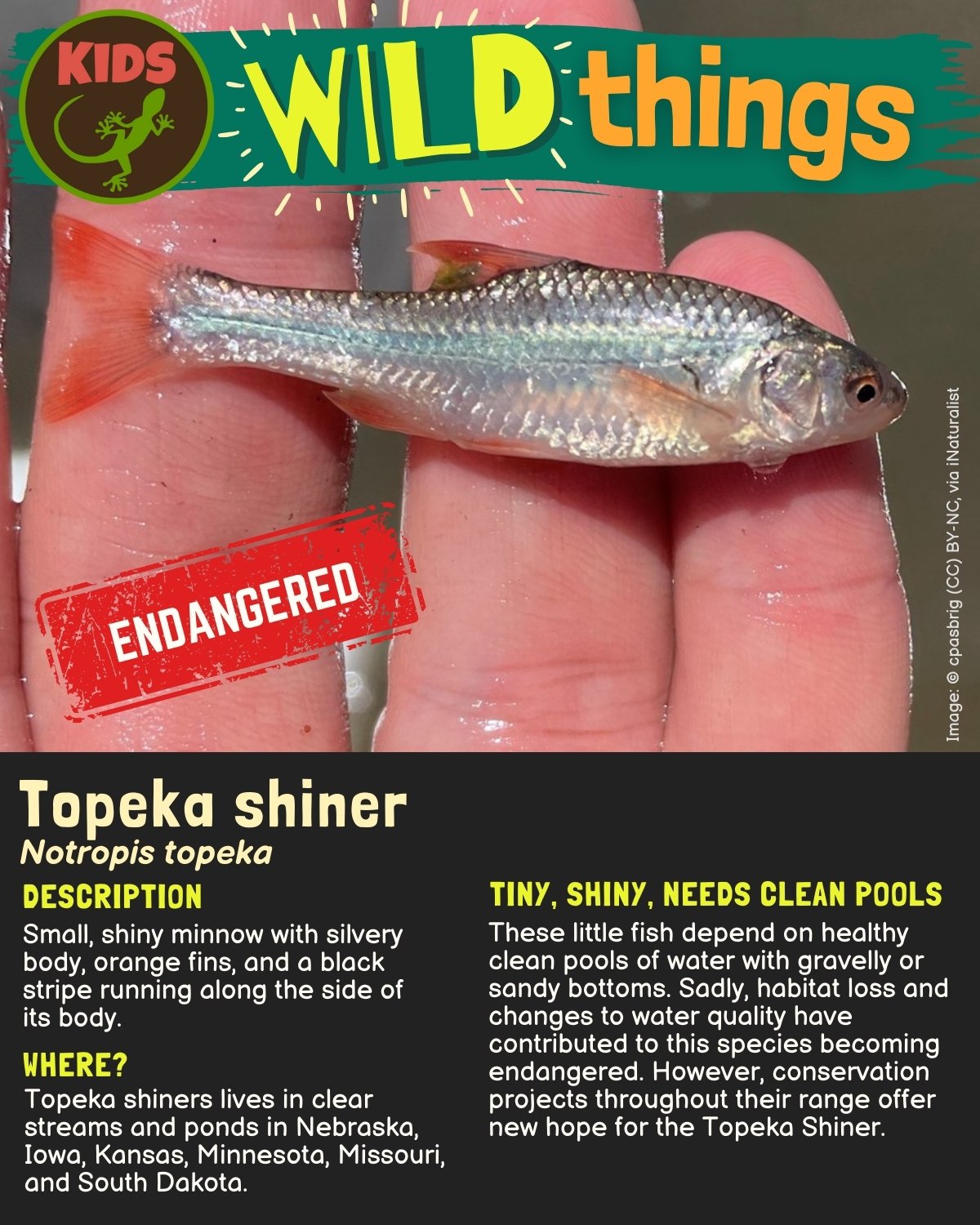
Topeka shiner
Scientific name: Notropis topeka
As the famous song “I Want to be a Topeka Shiner” goes:
“Nothing could be finer than to be a Topeka shiner!”
What’s that? You haven’t heard that song? Okay, probably almost nobody has.
The Topeka shiner is a minnow species. It is a small silver fish with orange fins, and a thin black stripe running along the side of its body.
Topeka shiners lives in clear streams and ponds in Nebraska and Iowa, Kansas, Minnesota, Missouri, and South Dakota. This fish was discovered near Topeka, Kansas in 1894, which gave the species its name. The name shiner comes from its reflective body.
Scientists don’t know much about the Topeka shiner. They know it eats invertebrates and some plants, but they don’t know its diet in detail. And nobody knows what the major predators of the Topeka shiner are, except that large-mouth bass eat it.
Topeka shiners are very territorial. They try to keep other shiners out of their space. But there is still a lot we have to learn about the behavior of this tiny fish.
What we do know about the Topeka shiner is that it is endangered. It has disappeared from most of its known habitat. The Topeka shiner needs clear, clean streams and ponds to survive. Many of these aquatic habitats have become polluted with pesticides or siltation (dirt that gets in water due to human alterations of water ways).
If we know that Topeka shiners are present in a stream or pond, that probably indicates that the ecosystem is functioning well and is not threatened by pollution. Species whose presence or absence indicates the general health of an ecosystem are called indicator species.
The Topeka Shiner is officially listed as an endangered species under the United States Endangered Species Act.
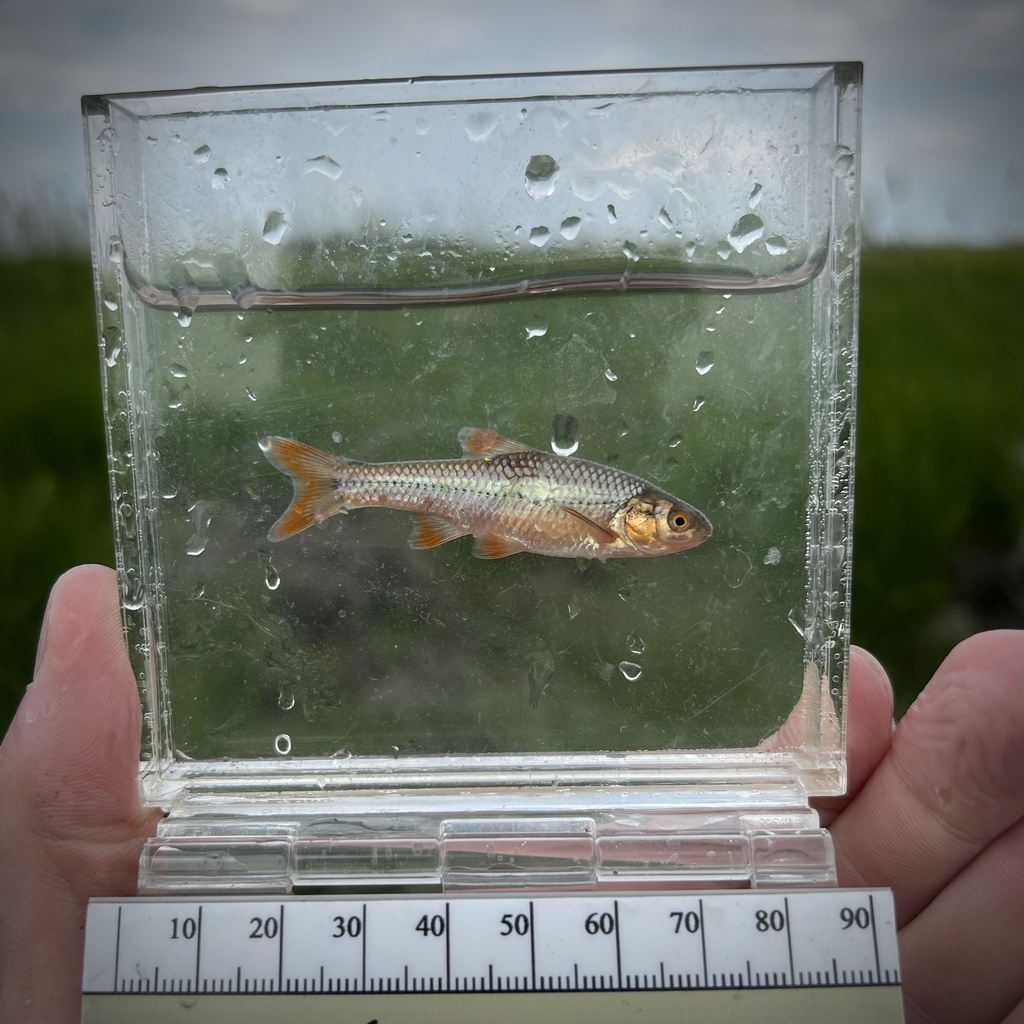
A topeka shiner. Image: © Colton Curtis (CC) BY-NC, via iNaturalist
How can you help?
1. Share your enthusiasm for protecting the Topeka shiner
Ask your teacher if they would be willing to help you and your class get involved in habitat restoration efforts for the Topeka shiner, or some other kind of fish if you do not live in the range of the Topeka shiner.
Conservation organizations that help restore and protect the habitat of species like the Topeka shiner often have volunteer opportunities for kids. Ask a parent or teacher to help you look for these opportunities.
2. Raise awareness about threatened species

Yasmine Merida is a graphic designer from Lincoln, Nebraska, who loves nature and animals. She enjoys learning about wildlife and uses drawing as a fun way to explore and understand them better. Combining her love for art and the outdoors is her happy place. Yasmine created this Topeka shiner design to help raise awareness about the beauty and importance of these fish in Nebraska.
3. Volunteer with a conservation organization
Conservation organizations that help restore and protect the habitat of species like the Topeka shiner often have volunteer opportunities for kids. Ask a parent or teacher to help you look for these opportunities.
More learning resources
- Nebraska Game & Parks: About the Topeka shiner
- Animal Diversity Web: Topeka shiner biology
By David Brown, for Mongabay Kids

